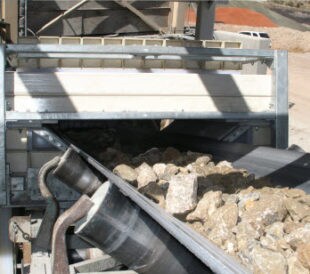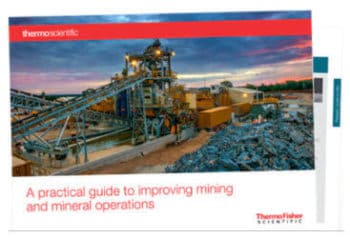 Three of the most important goals of any cement-making facility is to reduce product variation, extend quarry life, and meet customer requirements. Today, there are many types of technologies available that can help cement production owners meet these goals as well as help improve product quality, boost efficiency, lower production costs, and create safer, cleaner production lines. Here are six categories of cement production that have potential for optimization.
Three of the most important goals of any cement-making facility is to reduce product variation, extend quarry life, and meet customer requirements. Today, there are many types of technologies available that can help cement production owners meet these goals as well as help improve product quality, boost efficiency, lower production costs, and create safer, cleaner production lines. Here are six categories of cement production that have potential for optimization.
- Raw Materials. The first step in the cement process is the recovery of the limestone and sometimes the extraction of clay. Online elemental analyzers can monitor material chemistry in real time, allowing for adjustments that will help extend the life of the quarry. Belt scales and tramp metal detectors help monitor the process. Handheld XRF analyzers can quickly measure any samples in the quarry.
- Bulk Control and Handling: Cement raw materials are crushed and stocked into a special pile for blending to reduce the variability. The material is then transported to the raw mix proportioning area. XRF and online elemental analyzers, connected by innovative software, can work together to feed materials to the raw mill in the correct proportions to ensure the optimal “blend” of these materials.
- Blending and Analysis. PGNAA and XRF analytical instruments and related software provide the elemental analysis needed for optimal cement raw material blending. XRD instruments are used for phase analysis of clinker.
- Energy Use. Coal is still used in approximately 90% of cement plants globally, to deliver the energy needed for the heat inside the kiln. PGNAA analyzers control coal blends to allow cement producers to mix low cost coals with higher costs coals to provide additional cost savings in fuel, and to allow a consistent feed to the kiln. Belt scales and tramp metal detectors provide value in production and safety.
- Emissions Monitoring. Emissions monitoring is extremely critical for cement plants. Continuous emissions monitoring systems and air quality analyzers are just some of the critical tools for cement plants.
- Fluid Density. In the oilfield during fracturing and cementing, density gauges rapidly indicate variations in slurry density and proppant concentration and features rapid response and high accuracy to improve consistency, safety and overall performance.
We’ve created an infographic that shows at a quick glance some of the technologies used in the cement manufacturing process. To learn more about cement production and analysis technologies, visit our Cement Analysis and Production Information and Cement Production technologies and products pages.







Sir,
Can you share any dat for wet process cement plant .
Ours is wet process sludge based cement plant